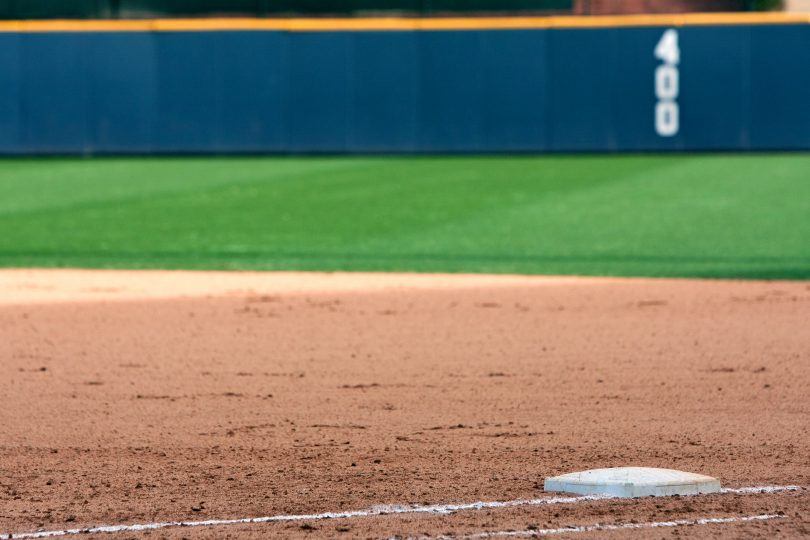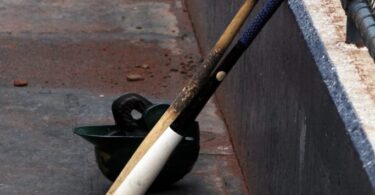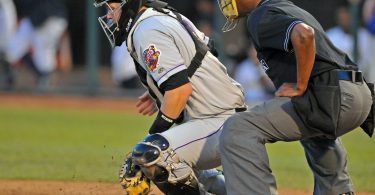The Situation:
Runner on first, two outs, the eight-hitter is at the plate in the second inning. The offense is the home team and defense has never played at this park before. The outfield has moved in a few steps because the hitter is a little guy who doesn’t seem to have much power.
The Play:
The pitcher throws it right into the hitter’s wheelhouse and he crushes a drive deep to left field. The left fielder takes off, running back. As he gets to the warning track, he slows down and has to check where he is. When he looks back up, the ball flies over his head and off the base of the wall.
The Outcome:
The runner comes all the way around from first to score and the hitter ends up on second with a double.
What Went Wrong?
In college ball you’re going to be expected to know the field you’re playing on by the time the game starts. It doesn’t matter if you just showed up two hours before game time at a field you’ve never even heard of before. As an outfielder, you’ll be expected to know how far the wall is from your position. Count your steps. Get a feel for how far the warning track is from your normal depth. Know exactly how many steps it is to the wall once you feel the track under you. Your teammates should be helping you too. Every program will have different distances and calls, but a center fielder in this situation should be giving a “Track!” and “Wall!” call for the left fielder as he goes back. Infielders have to know how far the fences are in foul territory in exactly the same way as the outfielders know the outfield wall. Infielders also have to know how the lines play.
You’re expected to know all the field conditions because they are controllable factors. The sun, wind, grass length, baselines, and fences are all things that you can take into account before the game so that during the game you can react accordingly. Be as prepared as possible by the first pitch. Know the field. Think the game.







